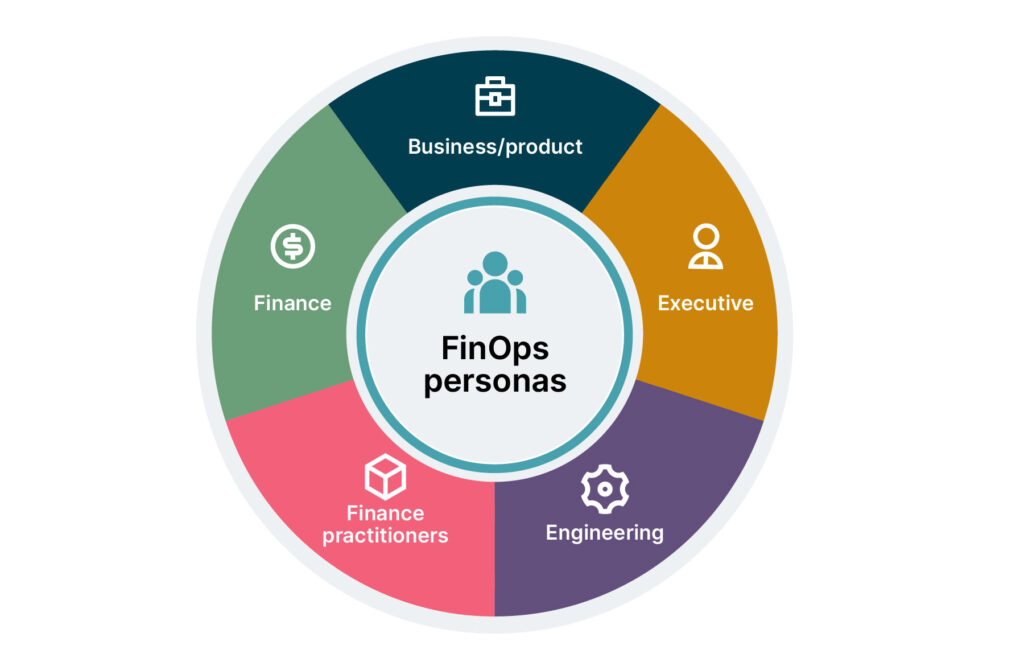What is FinOps?
As the name suggests, FinOps is a practice that bridges the gap between Finance and DevOps teams. It fosters collaboration between business management and engineering teams to ensure efficient cloud cost management. A FinOps Engineer is essentially a DevOps professional who works closely with the finance team to understand existing cloud costs, align them with the cloud budget, and optimize expenditures.
Importantly, FinOps is not applicable to on-premises environments—it is a culture and practice focused solely on cloud infrastructure. Whether your organization uses AWS, Azure, or GCP, FinOps practices apply to all public cloud platforms.
Why FinOps?
The need for FinOps arises from the growing complexity of cloud infrastructure and the necessity for cost transparency and accountability across teams. With multiple teams using cloud resources, it becomes critical to track, budget, and optimize cloud expenditures to prevent overspending and ensure efficient resource utilization.
How to Implement FinOps
- Understanding Cloud Usage and Resources
The first responsibility of a FinOps team is to gain a comprehensive understanding of cloud usage within the organization. If your company has multiple teams—say 15—it’s essential to identify:
- Which team is using which cloud account?
- Which resources are tied to which teams?
This foundational step ensures that each team is accountable for its own cloud resources.
- Cloud Budgeting
Once cloud usage is understood, the next step is cloud budgeting. Every organization sets a budget for the financial year, and as a FinOps team, you need to:
- Analyse previous financial year cloud spending by each team.
- Work with management to determine the current and future cloud budget.
Understanding past expenditures and planning for future budgets are critical in aligning cloud costs with business goals.
- Cloud Cost Optimization
Cloud cost optimization is a core aspect of FinOps. The FinOps engineering team develops best practices and may also create automation scripts to:
- Identify and delete stale resources.
- Monitor and remove unused backups.
- Set up alerts for unusual cloud activities.
While the FinOps team sets these practices, individual team owners are responsible for implementing them. FinOps is a collaborative effort, and cost optimization is not the sole responsibility of the FinOps team—it requires active participation from all account owners across the organization.
- Reporting and Dashboards
One of the most important yet overlooked aspects of FinOps is transparent reporting. The FinOps team must create detailed reports and dashboards that are accessible to the entire organization. These reports should include:
- Each team’s cloud costs.
- Budget allocations vs. actual spending.
- Current financial year performance.
Transparency ensures that everyone in the organization understands cloud expenditures, which can lead to cross-team suggestions for optimization.
- Forecasting
Finally, the FinOps team works closely with management to forecast future cloud budgets. While business leaders might have a rough estimation of cloud spending, they often lack a detailed understanding of cloud usage across different teams. The FinOps team’s comprehensive insight into:
- Cloud usage
- Budgeting
- Cost optimization
- Reporting
…enables them to provide accurate forecasts for future cloud utilization and budgeting.
Tools for FinOps
While FinOps is primarily a cultural practice, there are several tools that can assist in implementing it effectively. Some popular FinOps tools include:
- Finout
- Cloudability
- Harness
- CloudZero
- AWS Cost Explorer (for those already using AWS)
These tools help track spending, monitor utilization, and suggest areas for improvement. However, some organizations may prefer to use custom scripts or even Excel sheets for their FinOps practices.
Different Names for FinOps
FinOps is often referred to by other names, such as:
- Cloud Management
- Cloud Cost Management
Regardless of the terminology, the principles and goals remain the same: to optimize cloud costs and promote financial accountability across engineering teams.
Transitioning from DevOps to FinOps
If you’re a DevOps professional with a solid understanding of cloud cost optimization, transitioning into a FinOps role can be a natural next step. You can even take the initiative to start a FinOps team within your organization.
For more information on FinOps principles and frameworks, visit finops.org. There, you’ll find resources to deepen your understanding of FinOps practices and how to effectively implement them in your organization.
By fostering collaboration between finance and engineering, FinOps ensures that cloud resources are used efficiently and cost-effectively, driving better business outcomes.

